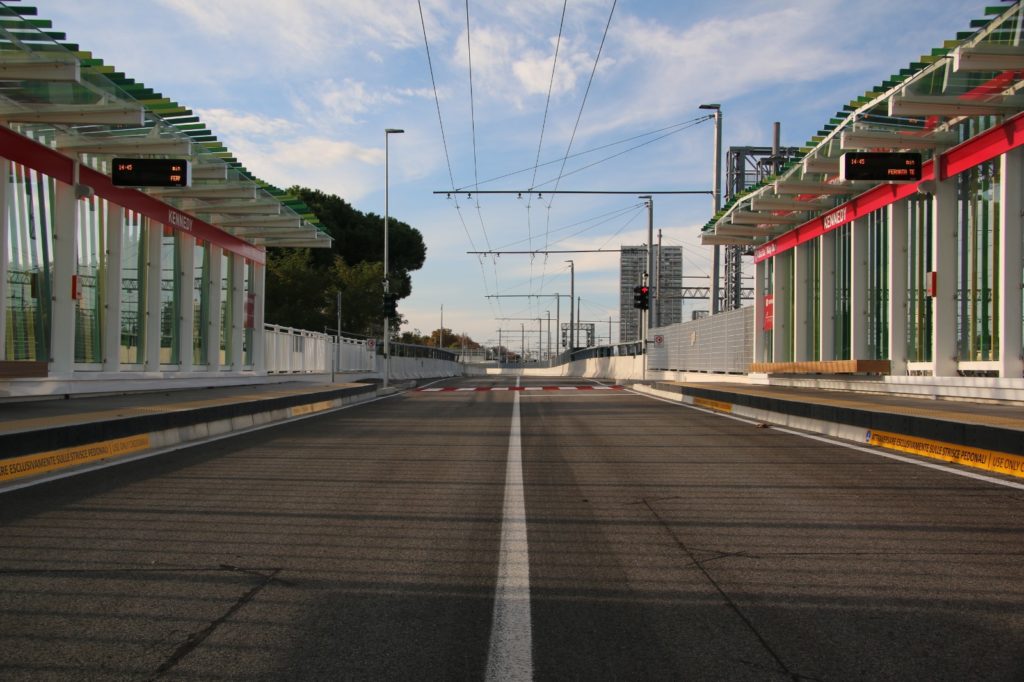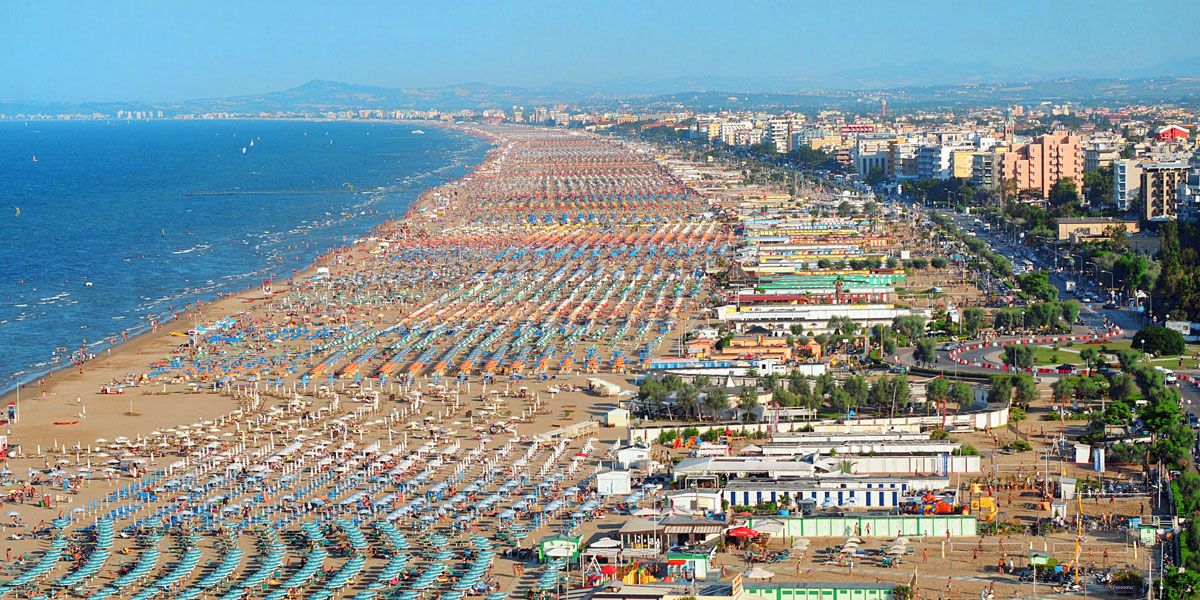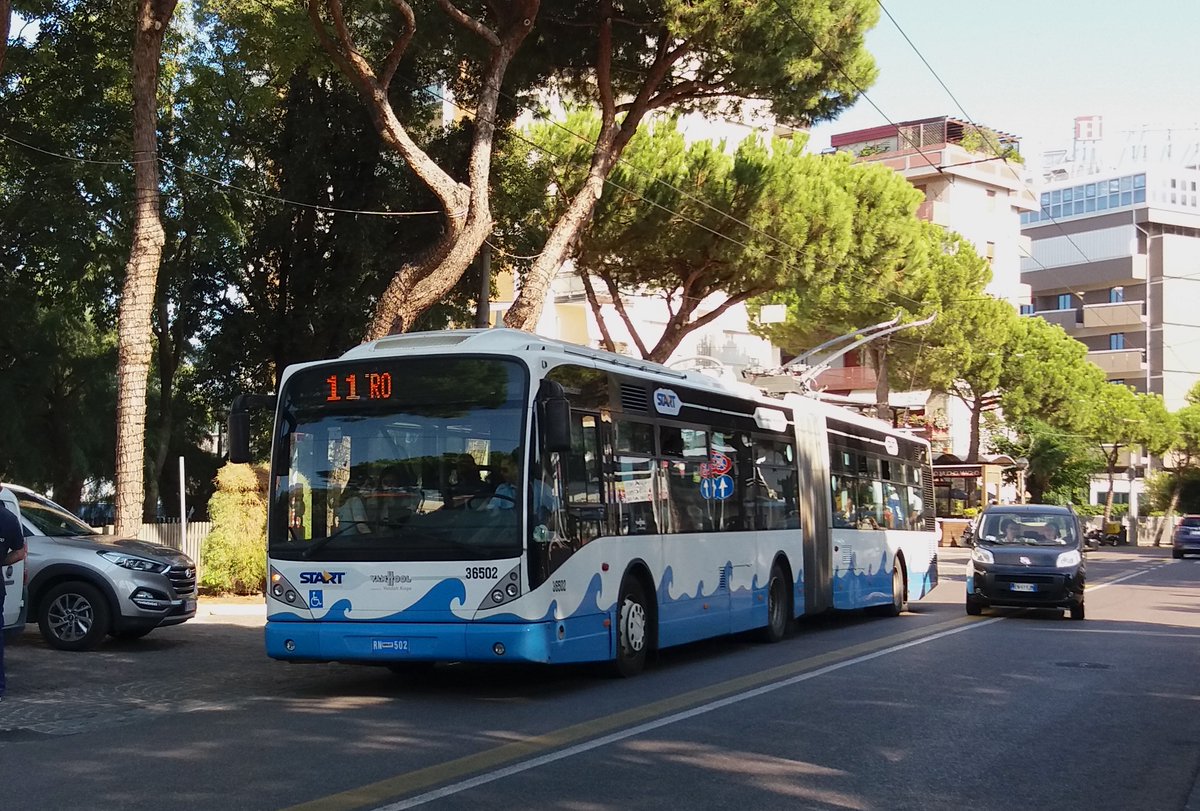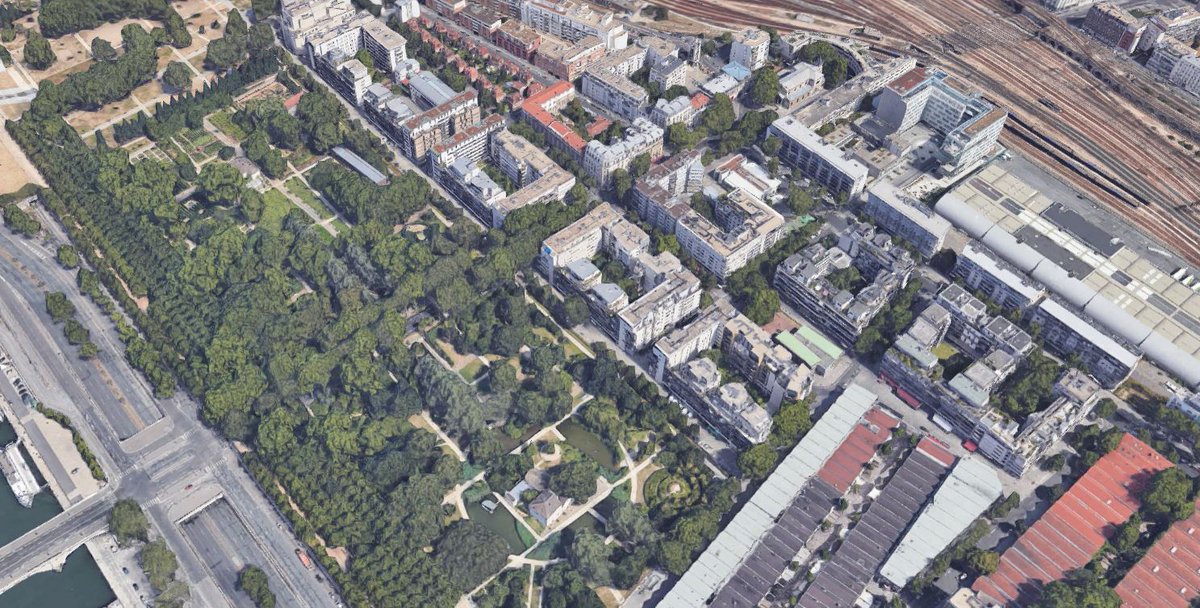
1/ I'm re-reading one of the great classic of planning literature in Italy, Italo Insolera's "Modern Rome", an urbanistic history of Rome since Napoleon I.
After doing further research I happened upon the never realized railway plan of 1888, a quite bold rail reorganization
After doing further research I happened upon the never realized railway plan of 1888, a quite bold rail reorganization

2/ Designed by Mazzanti Frontini, it is one of the several grandiose plans to modernize a city that became the capital almost by chance and never quite assumed its role seriously, at least planning-wise. There is no government quarter, no magnificent building for the Parliament.
3/ Since the modern city was already growing toward the Termini station since even before annexation ti Italy in 1870, this plan encourages this growth and propose to demolish Termini station and build a new grandiose building for the Parliament in its place 

4/ A new through-running station was to be built in the South, right out the Aurelian walls, near the church of San Giovanni in Laterano, with a large square and several new tramway lines connecting it to the city. An industrial area was to be developed south of it 

5/ But the most interesting part is a new city center underground terminus for suburban lines to Tivoli and the Castelli, reached by a long tunnel, to be built partially underground and using the 1st century AD Trajan's market as façade. A bold proposal, indeed. 



6/ The concept is similar to many city center termini dating from the same era: Montesanto in Naples, Sao Bento in Porto, Rossio in Lisbon, all built as city center stations at the end of long tunnels taking advantage of topography to enter deep into a compact urban fabric 





7/ The proposal included also a rail ring around the city, an idea that was partially implemented and still stick around in Rome as a magic solution in every planning document since then. 

8/ Despite the existence of a by-law protection for the archeological area, the new western approach cut exactly through the area of the Appia Antica, near the Caracalla Thermae and San Sebastian Gate, maybe one of the most scenic part of the walled-city. 





9/ I also discovered that an early version of the 1931 plan proposed again to replace Termini station with a new government center, a cross-city rail tunnel and two new u/g stations a bit south of Termini and at the Foro Italico, the sport complex Mussolini wanted to build.
10/ It's always fascinating to go through unrealized plans. One can wonder how different a city could have been if different strategic choices, like reorganizing large infrastructures, were taken. You realize how much the history of urban planning is also driven by chance.
11/ You can see a high resolution navigable version of this plan here:
romaierioggi.it/sistemazione-f…
romaierioggi.it/sistemazione-f…
• • •
Missing some Tweet in this thread? You can try to
force a refresh
























